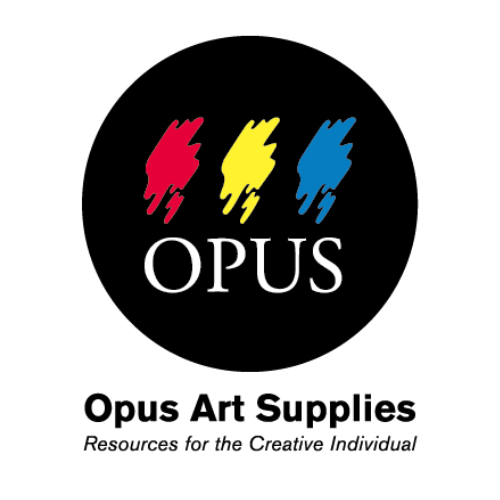
Home / Investing In Textile Art
Investing In Textile Art
By Bettina Matzkuhn
The Eastside Culture Crawl has a glorious line-up of textile artists whose work is well worth your attention. Keep in mind that that textile practices go back to the origins of humanity. Deborah Valoma, Professor at California College of the Arts, refers to it as “string technology.” This led to basketry, weaving, knitting, stitching and ever increasing complexities of design and process. Historical textiles can be utterly dazzling: think of the 1000 year old Bayeux Tapestry depicting the Norman invasion of England, or the robes of Chinese emperors embroidered with hair-fine silks. Contemporary textile artists are working at variations on string technology, with exciting new tools in their hands.
When acquiring a textile work, you might be concerned about originality. If you buy directly from the artist, you have the opportunity to ask about the inspiration, process and execution of the work. There may be work out there that is from kits or downloads, and it is not always easy to tell. Online suppliers will turn out blankets or machine embroideries from photos. Ask if the artist is involved in all or just some of the steps. Where did he learn his métier –at an institution or is he self-taught? Can she show you initial sketches, images, samples, tools? Technology has transformed art and textile is no exception. Using a machine does not mean the artist simply pushes a button and the finished product appears. Computer –aided weaving, for example, is a labour intensive, highly skilled process. The artist still needs to know how to weave: preparing a warp, dyeing and organizing fibres for the weft, and deciding on structures is essential. In addition she has to learn Photoshop, the loom’s unique technology, and must refine all the elements into what is best for the particular image she wants to present. Using a sewing machine to “draw” or designing a knitted garment to drape a certain way on the figure is the result of much practice and knowledge. Ask to see prototypes, misadventures, and experiments. The Crawl is a grand opportunity to have these conversations.
The most common question to a textile artist is “How long did it take to make this?” since time is a necessary ingredient. But, as a Scottish distiller answered when asked how long it takes to make a good bottle of whiskey, the real question is “How long did it take you to learn to make this?” The actual making is only part of the picture. Developing the necessary technical prowess that underpins a personal visual language is part of any artist’s ongoing investment; it is recognized by the financial investment made by a collector.
If you intend to purchase a work, plan to hang/install it in an area that is low light. The main enemy of textiles is sunlight. The sun will fade and weaken any fibres over time. Twice a year, dust it with a soft, clean paintbrush –a vacuum can be too harsh. Not touching artwork, including textile, is basic good manners when enjoying the Crawl. The oil from many (yes clean) hands will eventually leave the kind of grime you see on your computer keyboard. If you intend to hang it in a kitchen or high traffic area, consider framing the piece behind glass. It is important to leave at least 6mm between the glass and textile surface so it can breathe. Ultraviolet-filtering glass is protective to a point, but ALL light will eventually fade the materials, so keep exposure to a minimum. Yet glass hides textile’s unique, often opulent, surfaces. There are professional framers and conservators who can help with issues of display, but the artist is often your best resource.
If you need to store textiles, don’t use paper or plastic immediately next to the work. Paper often contains acid and plastics release myriad chemicals. Protect it with a clean piece of cloth. It is best to lay small pieces flat (and not pile things on top), larger works can be rolled up on cardboard tubes –again find some clean cloth to protect both sides of the work. Leave an end open on the bag if you have put your wrapped piece in a plastic bag for storage.
Textiles’ unique surfaces bring a physical richness to contemporary living that is too often reduced to smooth synthetic surfaces and flickering screens. With some gentle care, a gorgeous textile will last for generations.
FOLLOW US
@CULTURECRAWL
















